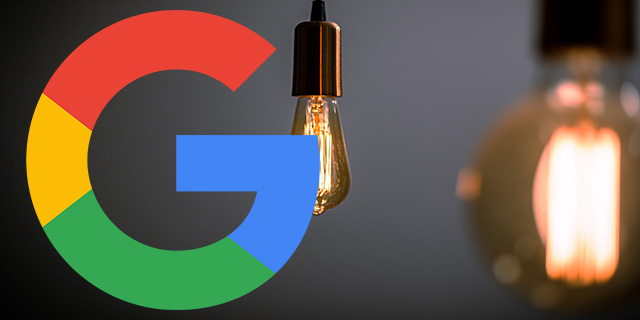
Google’s John Mueller said the location of internal links, links you place on your website to other parts of that same web site, does not necessarily matter if they are in the body content, footer, header or other sections on the page. The content, the anchor text, of those links helps Google understand what the page is about but the links aren’t really used more than just for crawling your site.
This may be different for external links, where Google may value external links differently based on where those external links are placed. But it seems with internal links, the location is not taken into account that much in terms of the value of that link.
John said this at the 2:51 mark in this video saying that for the internal links “we use it to understand the context better, so things like the anchor text helps us.” He said “another really important part is really just being able to crawl your website” and he said for that it “doesn’t matter where that link is on a page to kind of crawl the rest of the website.”
John then reiterated that “the difference that we take when it comes to different parts of the page and for links it’s usually more to kind of understand the context of pages and to be able to crawl the website and for that we don’t really need to differentiate between different parts of the page.”
Here is how Glenn Gabe summed it up on Twitter:
Does the placement of internal links matter? Via @johnmu: Google uses internal links to understand context & for crawling. For those, it doesn’t matter where the link is. Location is more important for content where G wants to focus on the primary content: https://t.co/W1WjEUB8X4 pic.twitter.com/OLyOpwhsZx
— Glenn Gabe (@glenngabe) January 30, 2022
Here is the video embed starting with the question:
Here is the transcript of the question:
How about the internal link, if you have an internal link from a respective anchor text or map from the header or within the content or within the footer. Does the placement of the links within the footer, header, body content, does it matter?
Here is the transcript of the answer:
Not necessarily.
I think for internal links, on the one hand we use it to understand the context better, so things like the anchor text helps us. But another really important part is really just being able to crawl your website. And for that it doesn’t matter where that link is on a page to kind of crawl the rest of the website. Sometimes things are in the footer, sometimes in the headers, sometimes in a shared menu or in a sidebar or within a body of content. All of those kind of linked places are all fine from our point of view.
Usually what we differentiate more with regards to location on a page is the content itself, to try to figure out what is really relevant for this particular page. And for that it it sometimes really makes sense to kind of focus on the the central part of the page, the primary piece of content that changes from page to page and not so much the the headers and the sidebars and the footers or things like that. Because those are a part of the website itself but it’s not the primary reason for this page to exist and the primary reason for us to rank that page.
So that’s kind of the difference that we take when it comes to different parts of the page and for links it’s usually more to kind of understand the context of pages and to be able to crawl the website and for that we don’t really need to differentiate between different parts of the page.
Here are some other articles written here on location of the link on a page, but they are really not specific to internal links versus external links:
Forum discussion at Twitter.







